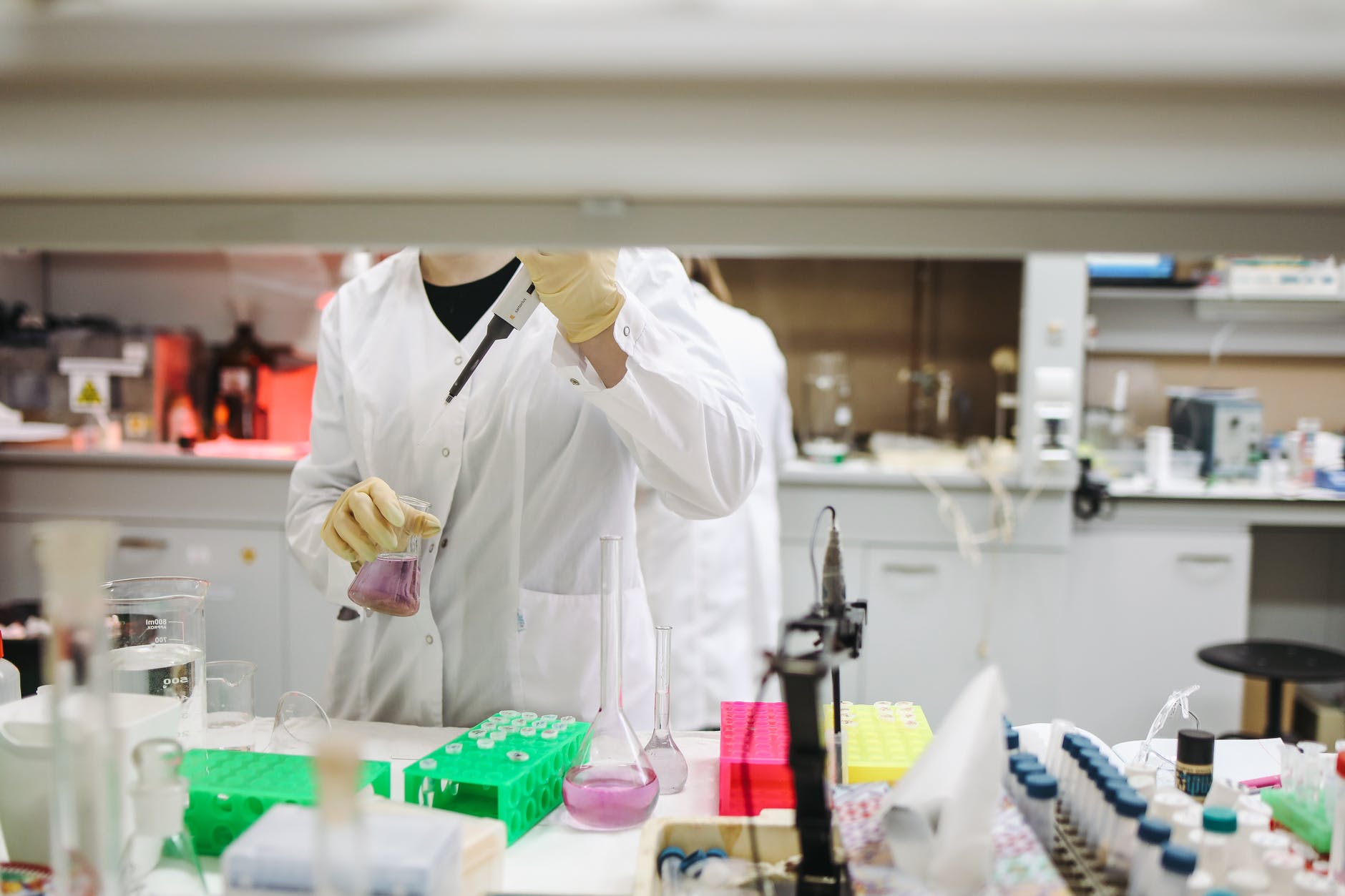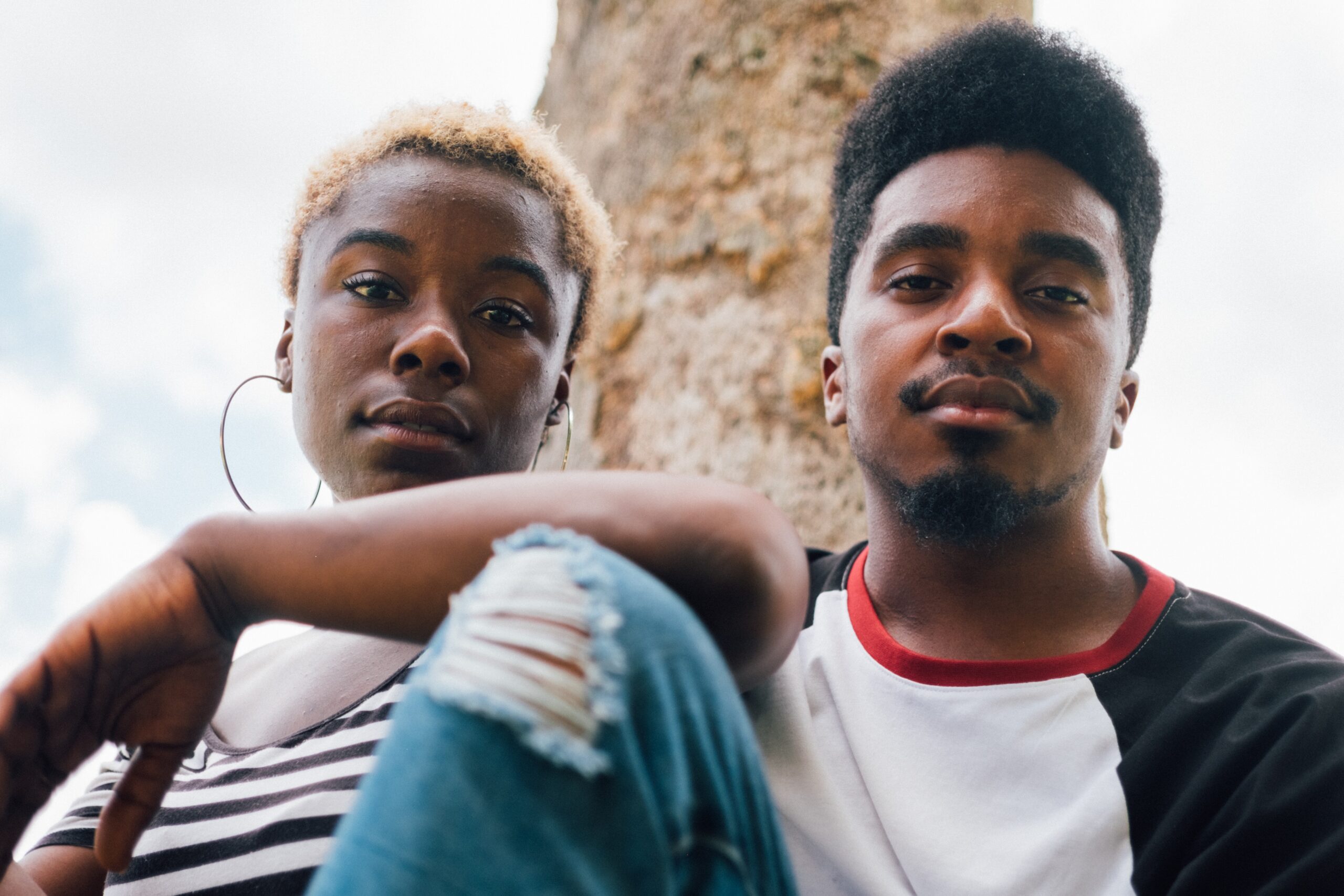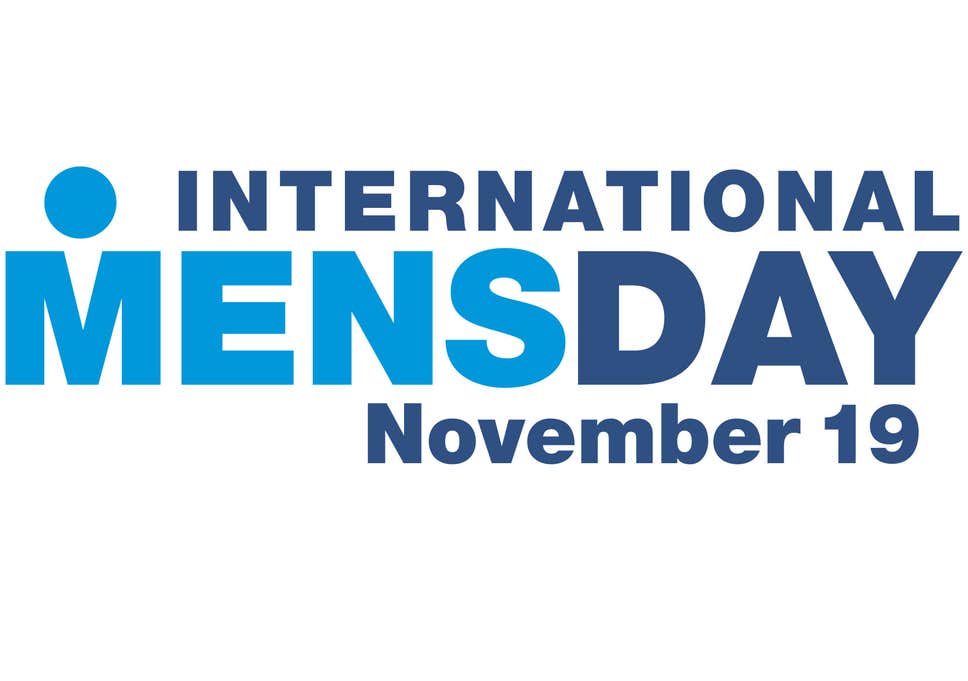Table of Contents
How is Polio caused?
Polio is a crippling and potentially fatal infectious viral diseases of intestinal origin. Humans are the sole reservoir of poliovirus. Children under five are at the highest risk of polio disease.
Three types of poliovirus exist, designated as 1, 2 and 3. Although only type 1 appears to be circulating currently. Type 2 was last reported in 1999 and type 3 was last reported in 2012.
Polio Eradication Programme
Establishment of the Global Polio Eradication Initiative (GPEI) was done in 1988 when an estimated 350,000 persons were paralyzed by wild polioviruses (WPV). Today, GPEI had reduced polio worldwide by 99%. However, ultimate goal is to rid the world of the last reservoirs of polio.
The first modern rehabilitation centre dedicated to patients with polio was set in 1926 by President Franklin Theodore Roosevelt in the United States.
In 1994, Region of The Americas was certified polio-free by WHO followed by the WHO Western Pacific Region in 2000 and the WHO European Region in June 2002 of the 3 types of wild poliovirus (types 1, 2, and 3).
The US Centers for Disease Control and Prevention recommends polio vaccination boosters for travellers and those who live in countries where the disease is occurring.
In 2014, only 3 countries remained polio endemic—Nigeria, Pakistan, and Afghanistan. In 2015, Nigeria had stopped the spread of wild poliovirus but it reoccurred in 2016.
Below mentioned link provides the year, month and countywide statistics of polio cases as mentioned in the website of Global Polio Eradication Initiative (GPEI)
Is Polio virus contagious and can spread?
Polio virus is contagious. Areas with improper sanitation facilities and lack of personal hygiene, especially among the non-immune population are at higher risk of polio.
The disease can spread from person to person, mainly via the faecal-oral route through contact with contaminated faeces (for example, by changing an infected baby’s diapers) or through airborne droplets, in food, or in water.
Maximum excretion of the virus occurs in 2 to 3 days prior and 1 week after the appearance of symptoms.
4 ways which Polio can effect?
Polio can affect an individual in four ways:
- Infection without symptoms
The virus gains entry into the body through the portal of nose or mouth, then travels to the intestines where it incubates. During this period, there is shedding of the virus in stool.Next, it enters the bloodstream where anti-polio antibodies are produced.In most cases, this stops the progression of the virus and the individual gains permanent immunity against the disease.Although approximately 90% of polio infections cause no symptoms at all, affected individuals can exhibit a range of symptoms if the virus enters the bloodstream. - Mild illness (abortive poliomyelitis)
Abortive poliomyelitis, which is a mild viremic form, accounts for around 4% to 8% of infections. Symptoms: gastroenteritis, influenza-like illness, and mild respiratory tract infections, which usually subside within 1 week. - Aseptic meningitis (nonparalytic poliomyelitis)
Around 1% of the cases can have severe muscle spasm of the neck, back, and lower limbs. Complete recovery usually takes place within 10 days. - Paralytic poliomyelitis
Less than 1% of cases, the virus enters the central nervous system, preferentially infecting and destroying motor neurons, leading to muscle weakness and acute flaccid paralysis.Recovery may be complete in some patients but if the loss of motor functions persists beyond 12 months, lifelong disability ensues.With disease progression virus attacks nerve cells of the brain and spinal cord. And neurological complications develops: stiffness of the neck and back, weak muscles, pain in the joints, weakness or paralysis of one or more limbs. In severe cases, respiratory paralysis proves to be fatal.
What is Post-polio syndrome(PPS)
A condition that affects polio survivors years after recovery from an initial acute attack of the poliomyelitis virus. The syndrome characterized by a new weakening in muscles that were previously affected by the polio infection and in muscles that seemingly were unaffected.
How long polio infection remains?
The virus is excreted intermittently for a long period of 1 to 2 months after infection. In all, 80% of exposed people excrete the virus in the first 2 weeks, which declines to around 25% in the third week
No cure of polio, only Prevention is the key
There is no cure, only symptomatic treatment is done for relief and comfort. However, there are safe and effective vaccines. Polio can be prevented through immunization. Polio vaccine, given multiple times, almost always protects a child for life.




